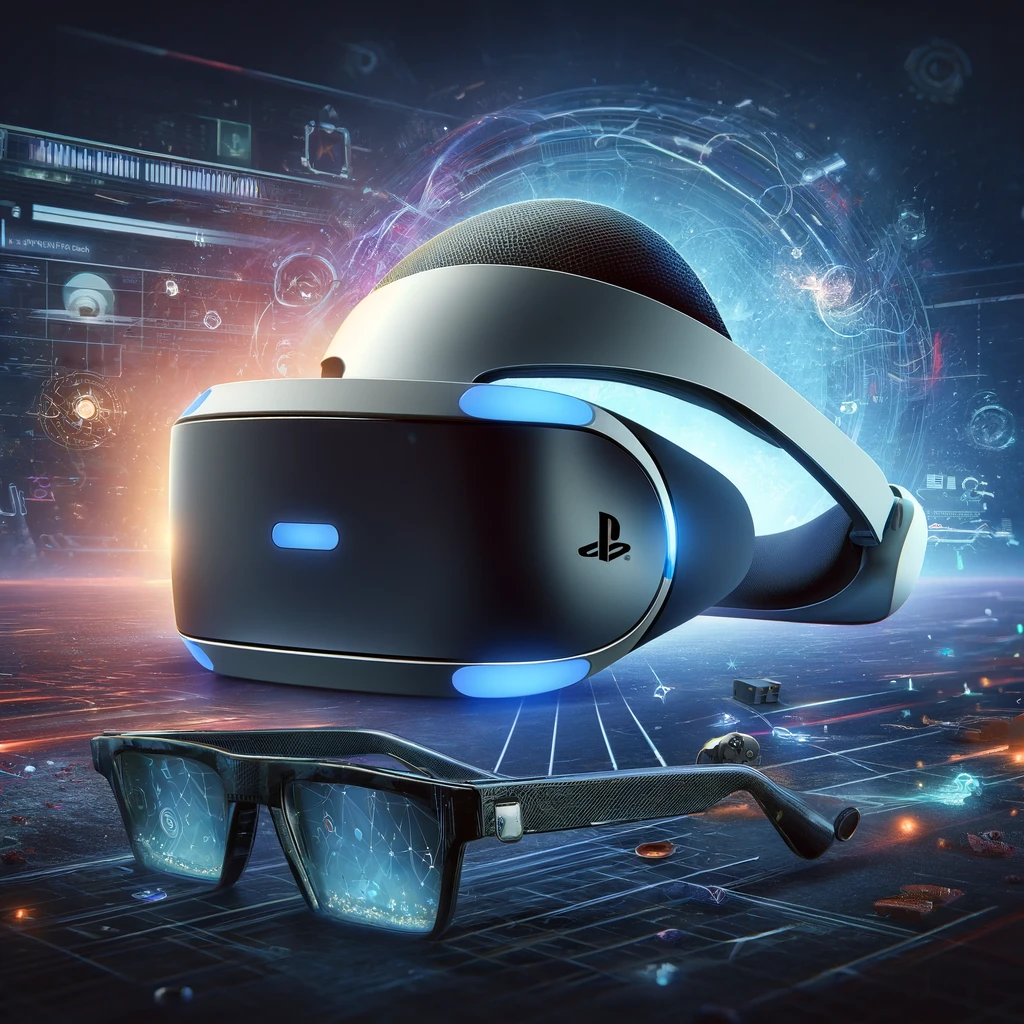
Sony’s PlayStation VR, primarily recognized as a virtual reality headset, has carved out a significant niche in the gaming and entertainment industries, offering users a deeply immersive experience. While it is fundamentally a VR device, its innovative design and capabilities hint at the exciting potential for crossover with smart glasses technology, suggesting a future where the boundaries between different types of wearable tech begin to blur.
The PlayStation VR headset transports gamers to virtual worlds, providing an unparalleled sense of presence and immersion. Through a combination of advanced motion tracking, stereoscopic 3D graphics, and interactive gameplay, players can experience environments and narratives in a way that was once the realm of science fiction. This level of immersion is a core feature of VR, but it also offers insights into how augmented reality (AR) and smart glasses could evolve, merging digital content with the real world in compelling and useful ways.
Smart glasses, while distinct in their current form and function from VR headsets, share the underlying principle of enhancing our perception of the world with digital information. In the context of PlayStation VR, one can envision a future iteration where the device not only immerses users in entirely virtual environments but also overlays digital content onto the physical world, similar to how AR works. This could extend the utility of PlayStation VR beyond gaming, turning it into a multifunctional device that offers both entertainment and practical applications in daily life.
The potential applications of such crossover technology are vast. In gaming, it could allow for experiences that blend real-world surroundings with digital gameplay elements, creating a new genre of hybrid games that are both immersive and interactive. For entertainment, imagine watching a movie where the action unfolds not just on a screen but all around you, with characters and scenes integrated into your living room.
Beyond entertainment, the convergence of VR and smart glasses technology could have practical applications in fields like education and training, where immersive simulations could be combined with real-world scenarios. For example, medical students could practice procedures in a virtual environment before applying their skills in a real clinical setting, benefiting from a seamless blend of virtual and physical experiences.
However, the integration of VR and smart glasses technology raises questions about user experience, privacy, and the social implications of such devices. Ensuring that these devices are comfortable, intuitive to use, and respectful of privacy will be crucial as they become more integrated into our daily lives. Additionally, as these devices become more capable and widespread, their impact on social interaction and how we engage with the world around us will need careful consideration.
Sony’s PlayStation VR is currently focused on delivering exceptional virtual reality experiences, its underlying technology and the broader trends in wearable tech suggest a future where VR and smart glasses converge. Such a crossover could expand the capabilities and applications of these devices, transforming how we interact with digital content and the world around us. As we stand on the cusp of these technological advancements, the potential for innovative, immersive, and integrated experiences is limited only by our imagination.